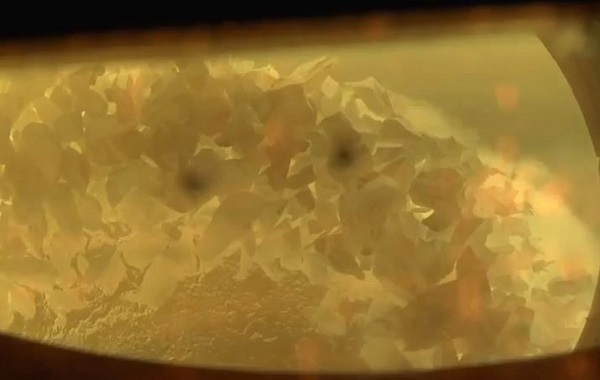Thanks largely to more-efficient materials and manufacturing processes, the solar PV that was installed globally during 2012 likely produced more energy than was consumed in making panels during the year. And now that it is at or near operating in positive territory, Stanford researchers say, by perhaps as soon as 2015 and certainly no later than 2020 the industry will break into the black on a lifetime basis.
“This analysis shows that the industry is making positive strides,” Stanford’s Michael Dale, co-author of a new study published in Environmental Science & Technology, said in a statement. “Despite its fantastically fast growth rate, PV is producing – or just about to start producing – a net energy benefit to society.”

According to Dale and his Stanford Global Climate & Energy Project co-author Sally Benson, despite the fact that an individual solar panel has always been a big net energy producer over its lifetime, the industry had run at an energy deficit during its boom years since 2000 – and in the process was producing more greenhouse gas emissions than it was saving – due to a couple of factors.
First, for the past decade or so, the solar panels that will produce clean energy for a generation or more were being churned out at a rate that was growing meteorically. That meant that most panels in use had only been producing power for a small fraction of their expected lifetime.
Second, it took an enormous amount of energy – energy, like any that comes off the grid, that mostly came from burning fossil fuels – to make the panels. (For a close look at the PV manufacturing process, see our report and video from the SolarWorld plant in Hillsboro, Ore.)
But things are changing. According to the Stanford release about the study:
As investment and technological development have risen sharply with the number of installed panels, the energetic costs of new PV modules have declined. Thinner silicon wafers are now used to make solar cells, less highly refined materials are now used as the silicon feedstock, and less of the costly material is lost in the manufacturing process. Increasingly, the efficiency of solar cells using thin film technologies that rely on earth-abundant materials such as copper, zinc, tin and carbon have the potential for even greater improvements.
The Stanford researchers said continued vigilance on the energy-cost side – not just the financial cost of making and installing panels – will be necessary to continue the positive trend but at current rates the gap between energy used and produced should only widen.
One other interesting point the researchers made concerned the impact of where panels are installed on the input-output equeation. Germany is celebrated for its world-leading commitment to solar, but in some ways that might not be the most efficient deployment of solar.
“At the moment, Germany makes up about 40 percent of the installed market, but sunshine in Germany isn’t that great,” Dale said. “So from a system perspective, it may be better to deploy PV systems where there is more sunshine.”
All that said, the Stanford study, while intriguing, doesn’t at all challenge the view that solar power on a life-cycle basis produces far less greenhouse-gas emissions than conventional power sources such as coal or natural gas. As we noted in an earlier story, PV over its lifetime results in around the equivalent of 40 grams of CO2 per kilowatt-hour of electricity produced compared to about 1,000 grams for coal. That’s because (stating the obvious here) solar uses fossil fuels up front, but once installed, produces energy with no further inputs other than free and plentiful sunshine. A coal-fired plant just keeps on churning out the GHGs as it burns costly, dirty coal. Indeed, that obvious fact is a reminder that while it has taken the solar power industry a few years to begin producing more power than it consumes in fossil fuels, fossil-fuel plants by their very nature never will reach that point.
Editor’s note: This story has been updated for clarity purposes based on comments made on Greentech Media, where the original story was republished.